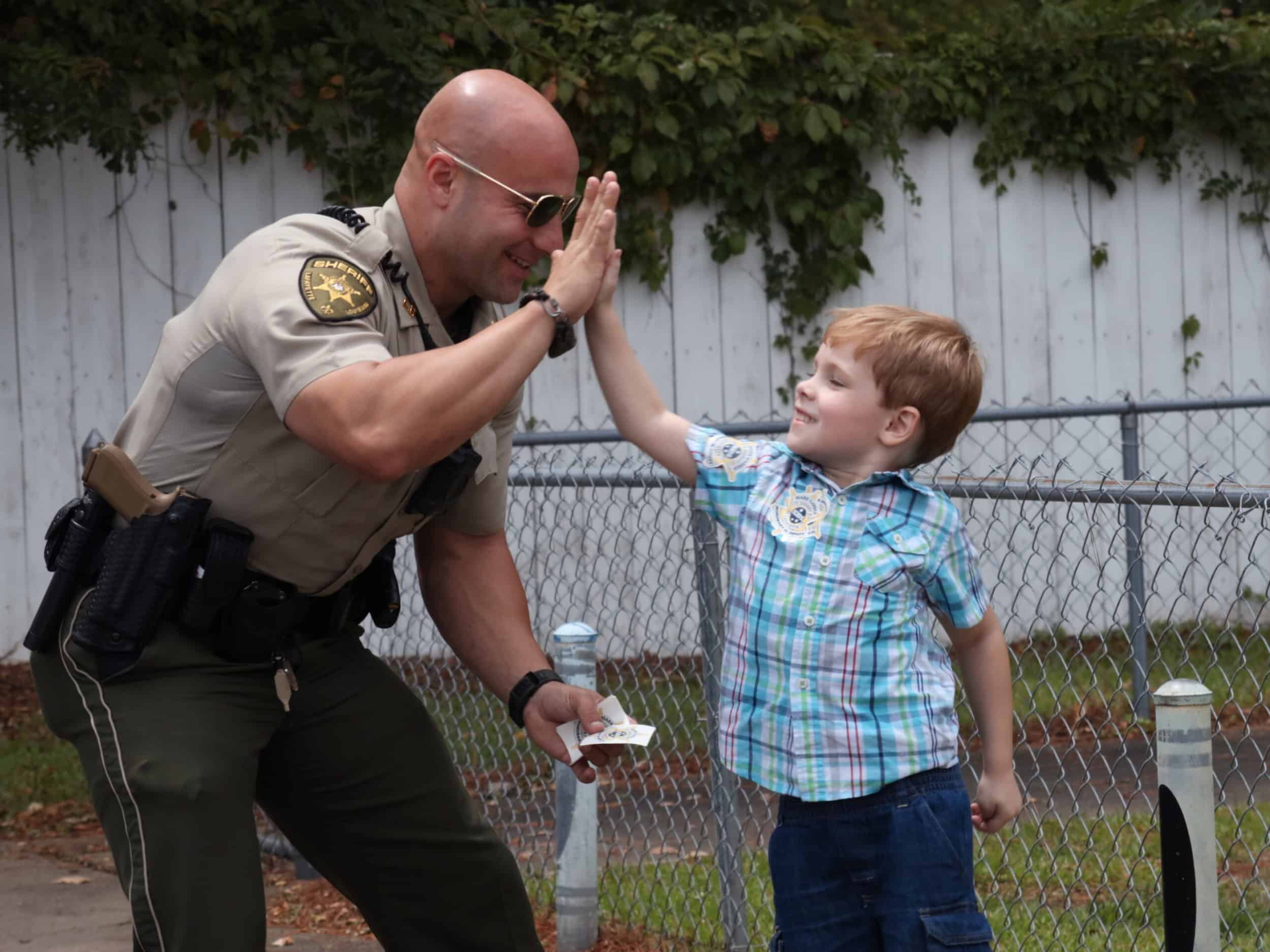Resources
Crime Prevention
Crime prevention goes beyond the concepts of home security and personal safety to include the engagement of the whole community by ensuring public safety. Crime prevention has been defined by the Crime Prevention Coalition of America as:
“… A pattern of attitudes and behaviors directed both at reducing the threat of crime, and enhancing the sense of safety and security to positively influence the quality in our society and to help develop environments where crime cannot flourish.”
Shopping Safety
- Lock packages in the trunk.
- Don’t overload yourself with packages.
- If you must shop in the evening, shop with a friend.
- Park in well-lit areas as close as possible to the store entrances. Be particularly aware of persons in the parking lot, especially near your car.
- Lock your car and make sure the windows are closed.
- Carry only the charge cards you will need. Don’t carry or flash large sums of cash.
- Carry your purse next to your body with purse flap against you. Men should carry their wallet in front pockets.
- Be aware of your surroundings and people around you. Don’t allow your attention to become distracted from your purse or packages.
- Teach children to go to a store clerk or security guard and ask for help if they become separated from you in a store or shopping mall.
- Don’t hesitate to notify store security if you see suspicious activity.
- If you have to wait for a ride, wait in a busy, well-lit place.
- If you are a victim of a crime, report it immediately to the police.
Tips for Parents
TEACHING CHILDREN TO USE 9-1-1
- Parents should use the following safety tips to teach their children the proper way to use 9-1-1 to report emergencies.
- Never say “nine eleven.” There is no eleven on a telephone keypad or dial. Always say “nine one-one.”
- Always call from a safe place. If there is a fire in the house, get out first and then call.
- Post your address near the phone.
- Never call 9-1-1 as a prank or a joke. You could get in serious trouble and keep someone who really needs help from getting it on time.
- 9-1-1 is not for animal emergencies. Call your vet or parish department of animal control.
- Call 9-1-1 if you think you have an emergency and explain the situation to the dispatcher.
- If you call 9-1-1 by mistake, don’t hang up. Explain the mistake to the dispatcher and say there was a no emergency.
PROTECT YOUR CHILD AGAINST BULLIES
Bullying behavior might seem to be insignificant to some people, but it isn’t. More than 160,000 kids skip school every day because of bullying.
What is bullying? Bullying is a form of aggressive, violent behavior. Bullying occurs when someone repeatedly does or says things to gain power over another person, or to dominate them. Studies show that one in four children who bully have a criminal record before the age of 30.
Sheriff Mark Garber says, “Although it isn’t easy to define, bullying can take several forms: physical, emotional, verbal or a combination of these. It might involve one child bullying another, a group of children against a single child, or groups against other groups.”
Recent data indicate that bullying is pervasive in most schools. Take a look at this:
The National Threat Assessment Center, run by the Secret Service, reported last fall that in more than two-thirds of 37 recent school shootings, the attackers felt “persecuted, bullied, threatened, attacked or injured.”
The National School Safety Center estimates that there are more than 525,000 attacks, shakedowns, and robberies per month in public secondary schools in this country.
The NEA estimated that 28 million missed school days per year occur due to fear of attack or intimidation by a bully.
In a survey of 558 students in a mid-western middle school, researchers found that 80 percent of the students had engaged in bullying behaviors in the previous 30 days.
“Whatever form bullying takes,” says Sheriff Garber, “it is destructive and unhealthy behavior.”
Victims of bullying behavior are most likely targeted because of psychological traits more than physical traits. Typical victims tend to be shy, sensitive, and insecure.
How can we recognize bullying behavior? Sheriff Garber cites the following examples of bullying:
- Name-calling, put-downs, cruel teasing
- Saying or writing nasty things about others
- Deliberately excluding the victims from activities
- Not talking to the victim
- Threatening the victim with bodily harm
- Hitting or kicking the victim
- Making the victim do things they don’t want to do




